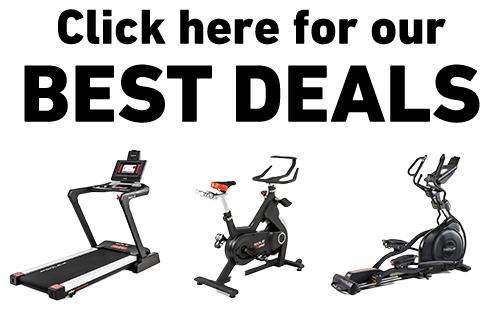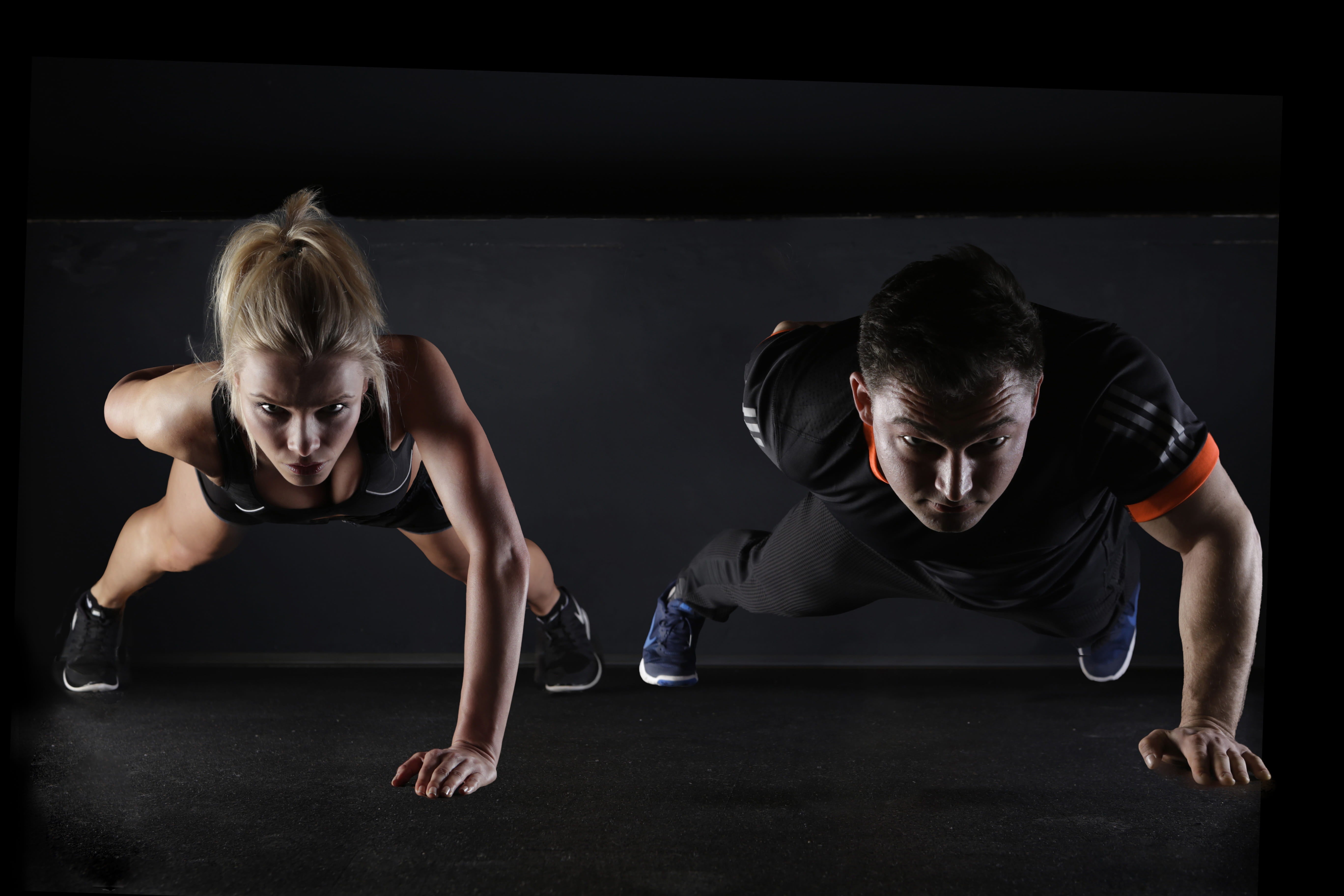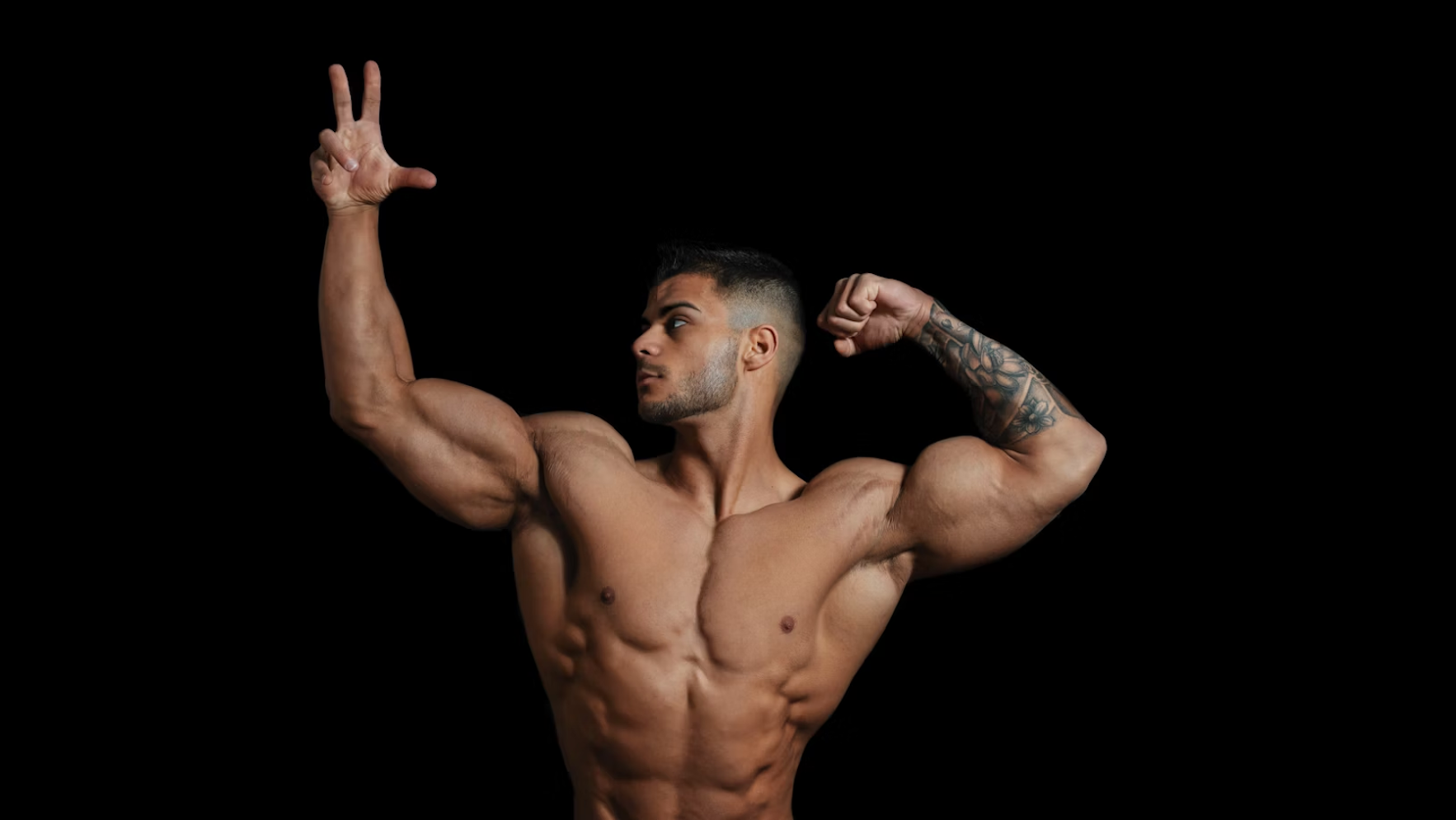Key Takeaways
- Front squats hammer your quads and core, while back squats target your butt, hamstrings, and lower back.
- Bar placement differs: front squats place the bar across the shoulders, and back squats place it on the upper back.
- Front squats demand more mobility and core strength, so they're trickier for newbies.
- Incorporating both squats into your routine can provide a balanced approach to lower body training.
- SOLE strength equipment lets you master both deadlift styles with professional-grade barbells, space-saving adjustable dumbbells, and guided training with the free SOLE+ app.
Front Squat vs Back Squat Basics
What are Front and Back Squats?
Both front and back squats are compound movements, meaning they work a ton of muscles at once. That's why they're such efficient exercises for building strength and making gains.
Front squats are considered more technical because the bar sits across the front of your shoulders. This forces you to stay super upright, or else the bar will roll right off you.
Back squats are what most people picture when they hear "squat." The bar sits on your upper back, which lets you lean forward a bit without dropping the weight.
Bar Placement and Setup
The placement of the bar is one of the main differences between front squats and back squats.
- Front Squat Setup: The bar rests across your front shoulders, and you either cross your arms to hold it (crossed-arm grip) or flip your elbows up high (clean grip). This forces your elbows up, chest out, and core tight. Feels awkward at first? You're doing it right.
- Back Squat Setup: The bar sits across your upper back (not on your neck). Your stance is about shoulder-width, core braced, slight arch in your back. The weight feels more secure here, which is why most people can lift heavier with back squats.
Other Major Differences
- Muscle Emphasis: Front squats target quads and core, back squats focus on glutes and hamstrings.
- Mobility Requirements: Front squats demand more ankle and shoulder flexibility.
- Weight Capacity: Back squats generally allow for heavier lifting.
- Posture: Front squats require a more upright torso, back squats allow a forward lean.
Shared Benefits
- Build serious lower body strength.
- Improve your athletic performance for sports.
- Work multiple muscle groups at once (efficiently).
- Boost bone density (important as you age).
- Improve balance and coordination.
- Burn a ton of calories.
- Make regular life activities easier (like climbing stairs without dying).
|
At SOLE, we're proud to offer top-quality exercise equipment designed for home and gym use. Our machines are built to meet the highest standards of durability and performance, making them ideal for fitness enthusiasts at any level. SOLE Products
|
Front Squat Details
Technique for Success
To perform a front squat correctly, start by setting up the barbell at shoulder height on a squat rack. Approach the bar and place it across the front of your shoulders.
Use a cross-arm grip or clean grip to secure the bar in place. Keep your elbows high and your chest lifted throughout the movement.
Descend into a squat by pushing your hips back and bending your knees. Keep your core engaged and your torso upright. Once your thighs are parallel to the ground, drive through your heels to return to the starting position. This technique ensures you target the right muscles and maintain good form.
Targeted Muscles
Front squats primarily target the quadriceps, which are the large muscles on the front of your thighs. They also engage the glutes, hamstrings, and calves to a lesser extent.
The core muscles play a significant role in stabilizing the body during the lift. This provides a secondary benefit of improved core strength.
Unique Advantages
Front squats place less stress on the lower back compared to back squats, which makes them a safer option for those with back issues. The upright posture required for front squats also promotes better spinal alignment and posture.
Also, front squats can enhance your flexibility and mobility, especially in the ankles, hips, and shoulders. This increased range of motion can improve your performance in other exercises and everyday activities.
Back Squat Details
Back squats allow for heavier lifting compared to front squats, which can lead to greater strength gains.
Technique for Success
Begin by setting up the barbell on a squat rack at about shoulder height. Position yourself under the bar so that it rests comfortably on your upper back, just below the neck. Grip the bar with both hands, slightly wider than shoulder-width apart.
Stand up straight to lift the bar off the rack and take a few steps back to clear the rack. Position your feet shoulder-width apart, with your toes slightly pointed outward.
Engage your core and keep your chest up as you initiate the squat. Lower your body by pushing your hips back and bending your knees so that your knees track over your toes.
Descend until your thighs are parallel to the ground or slightly below, depending on your flexibility and comfort level.
Drive through your heels to push back up to the starting position, maintaining a strong core and upright posture throughout the movement. Breathe steadily and maintain control during both the descent and ascent.
Targeted Muscles
Back squats primarily target the gluteus maximus, which is the largest muscle in the body, and the hamstrings, which are located at the back of your thighs. Others include the quadriceps, lower back and calves.
Unique Advantages
Back squats give you the ability to lift heavier weights compared to front squats. This increased load can lead to greater strength gains and muscle hypertrophy over time.
Also, back squats allow for greater activation of the posterior chain, which includes the glutes, hamstrings, and lower back. This makes them an excellent exercise for developing power and explosiveness, which are essential for many sports and activities.
Comparative Analysis
Strength Gains
Back squats are generally superior for building overall strength, thanks to the ability to lift heavier weights.
The positioning of the bar gives you a more stable center of gravity so that you can load up the bar with more weight.
Front squats are great for the quad and core, especially if your goal is to improve posture. (Image courtesy of Foundry)
Front squats still build impressive strength, just with a different emphasis. The focus on the quad and core carries over well to sports and other movements.
Choice Based on Goals
Choose back squats if you're:
- Focused on maximizing strength and power.
- A powerlifter or strength athlete.
- Looking to build overall lower body mass.
- A beginner to squatting.
Choose front squats if you're:
- Looking to develop your quads.
- An Olympic weightlifter.
- Dealing with lower back issues.
- Wanting to improve posture and core strength.
- Looking for a new challenge.
Avoiding Common Mistakes
Front Squat Mistakes:
- Dropping your elbows.
- Leaning forward (defeats the purpose).
- Not going deep enough (missing the quad benefits).
- Letting your knees cave in.
Back Squat Mistakes:
- Squatting too shallow.
- Excessive forward lean.
- Letting your knees cave in.
- Looking down (keeps your chest from dropping).
- Rising with your hips first.
Master Both Squats with SOLE's Professional-Grade Equipment
Looking to level up your squat game at home? SOLE strength equipment makes both front and back squats more effective without needing a gym membership. The SW111 Olympic Barbell gives you that perfect balance and grip you need for stable squats—much better than those slippery bars at your local gym that throw off your form.
The SOLE SRVO All-in-One Trainer lets you perform resistance-based squat patterns with consistent tension throughout the movement, something that's impossible with free weights.
Want to start with lighter weights while you perfect your technique? The SW180 Adjustable Dumbbells are perfect for goblet squats, which are a great way to practice the upright posture needed for front squats before moving to a barbell. You can easily adjust the weight as you get stronger without buying multiple dumbbells.
The best part? The SOLE+ App guides you through the proper form for both types of squats, showing you exactly how to position your body for maximum results while avoiding common mistakes that lead to knee and back pain. It’ll also guide you through both sumo and conventional deadlift techniques with expert coaching that shows you exactly how to position your feet, grip the bar, and protect your back. It’s perfect for training at home without a coach watching your form.
Frequently Asked Questions (FAQs)
Which squat is better for beginners?
For beginners, back squats may be a more accessible starting point due to the more stable bar placement and lower mobility requirements. However, front squats can also be beneficial for beginners who want to focus on improving core strength and posture. Start with lighter weights and focus on mastering proper form before progressing to heavier lifts.
Can I do both squats in one workout?
Yes, you can put both front and back squats into a single workout. However, manage your volume and intensity to prevent overtraining and fatigue. Consider alternating between the two exercises or performing them on separate days to allow for adequate recovery.
What are common mistakes to avoid?
Common mistakes with squats include improper form, not using a full range of motion, and lifting too heavy without mastering technique. To avoid these mistakes, focus on maintaining proper posture, engaging your core, and using a weight that allows you to perform the exercise with correct form.
What equipment do I need for these exercises?
To perform front and back squats, you'll need a barbell, weight plates, and a squat rack. You may also benefit from using weightlifting shoes for added stability and support. Make sure you have a safe and stable environment to perform the exercises, and consider using a spotter or safety bars for added security.
How can I use SOLE equipment to improve my squat form and strength?
The SW111 Olympic Barbell has a knurled grip pattern that helps you keep the bar stable during front squats (where bar slipping is common). For beginners, start with goblet squats using the SW180 Adjustable Dumbbells, which teaches you to keep your chest up and core tight before attempting barbell front squats.
If you're recovering from an injury or want to squat safely without a spotter, the SRVO's controlled resistance system lets you train to fatigue without risk of dropping weights.




Leave a comment
This site is protected by hCaptcha and the hCaptcha Privacy Policy and Terms of Service apply.